I love researching a new novel. I love letting the story swirl in my head as I chase clues, ideas, and whims across the country and into research heaven: libraries and museums, historical sites and societies, bookshops and academia. Wherever the road may lead is research heaven. My fiction is based on real historical women and to trace the path where they have trod is a particular delight.
One of my most amazing research trips took place on a whim in a 17th century kitchen. When I wrote my very first novel, A Place in His Heart, I knew I would need to learn as much as I could about hearth-side cooking and baking, as my heroine’s husband was a baker. Much of the story was set on Long Island in the 1600’s, and as I searched the internet for information about colonial cooking I knew I’d hit a goldmine when I uncovered the Alice Ross Hearth Studios in Smithtown, Long Island, NY.
Dr. Ross’s website listed the many classes she taught, including early Native American and colonial cooking on up through the Civil War and beyond. She told me she taught classes of three or four in her studio, but would be willing to give me a one-on-one session. Before anyone could suggest my ideas were crazy, I booked a flight from PDX, OR, to La Guardia, NY, and after a long day of travel arrived at her doorstep. It was too dark to have a tour of her studio, and I was eager to settle into the room I’d rented from her. I knew we had a very early start the next morning. But she had other ideas and assured me a woman’s work in colonial times did not end with sundown. She handed me a paring knife. We settled in rockers beside the fireplace with a big crate of oranges and began to cut thin strips of peel. With the candles burned to nubs and the last of the oranges prepared, we banked the fire for the night.
We were up at dawn’s light. Before our first cup of sage tea we had split the firewood for the day. And while I anticipated the cooking class, Alice talked about how imperative it was for the early settlers to keep the fire going. Having a large cauldron of hot water was essential for many tasks throughout the day, meals must be cooked, implements made, warmth created to keep out the cold, and by evening, reading the Bible or stitching a quilt could be accomplished by firelight.
Years back, Alice had converted her carriage house into an amazing cooking studio, the centerpiece a fireplace with a gorgeous seven-foot hearth. Dried herbs hung from the mantle. The room was jam-packed with all manner of crocks and churns, pots and pans, spoons, knives, and all manner of cooking tools.
Once the fire was lit, we turned to the sacks of grain and prepared three varieties of bread dough. We made a wheat bread while Alice explained the wheat would have been very expensive in the 1600’s as it did not readily grow in New England. The English immigrants would have depended on costly shipments from England for their supply. We then stirred together a delicious cornbread, one the Native Americans would have taught the settlers to make. And the third was an economical combination of corn, rye, and the wheat loved by the colonies. Called Thirded Bread, so named for the proportions of the three grains in the recipe (or receipt as the cooks would have said in the 1600’s.) It was a hearty, dense bread perfect to have with a stew or pot of beans.
With the bread rising, we trussed a chicken after having been thankful Dr. Ross did not inform me we would be wringing it’s neck and plucking feathers. Thank goodness we were allowed some modern conveniences, such as supermarkets and refrigeration. But it’s true, my Mary Horton would have caught that hen and had it into a stew pot with haste.
We simmered the orange peels from the night before in a copper pot with sugar and water. We threw in a handful of cranberries for good measure and occasionally stirred the mixture. When the liquid was evaporated, we spread the candied fruit on a board to let it thoroughly dry. According to research, it would have been kept in a crock to provide not only a treat, but much needed vitamin C throughout the cold, wet winter.
All the while, we poked at the fire and added wood as needed. Alice taught me how to stack it in the fireplace so the flames had breathing room around the dry logs. And we built a second fire outside in the oven in which we would bake our bread. This fire would need to be exceptionally hot, somewhere in the range of five-hundred degrees. The clues that it was ready would be a white-hot fire and the charred walls of the oven. At that point it would be hot enough to rake the coals out and add the loaves. I learned to balance each loaf on the peel and gently place it on the floor of the oven.
As the bread cooled and the chicken roasted, we wandered to the herb kitchen garden and picked mint and sage for tea. Back inside, we prepared a cabbage salad. The reward after our labors of the day, of course, was to sit at the table and enjoy our feast. It’s amazing just how delicious a meal tastes when you have toiled all day – and part of the night before! For all of the work Thanksgiving dinner is, I cannot imagine preparing the whole meal over a fire. But of course, our work in Alice’s kitchen was not done. Not yet.
We ladled a bit hot water from the huge black pot hanging over our hearth fire and wiped our dishes and tables clean. Alice and I discussed what a precious commodity water was back in that day. Hauled from a nearby river, or a well if they were fortunate, each cup they used, whether it be for cooking, drinking, or washing, was carefully measured.
Alice sent me home with some of the bread and orange peel, and a head spinning of all the lovely facts I could weave into my book. She gave me a wealth of emotions to build into my characters. Mesmerized by the crackle of orange-colored flames, the smell of wood smoke, the ache in my fingers–my back!, the comfort of food and the companionship of a friend at the end of the long day, these were all details I endeavored to create in my story.
Dr. Alice Ross and her sweet dog, Honey, have remained in my memory as one of the best research trips ever. Alice passed away a few years ago, but the research she did lives on. I’m truly thankful for the day she slipped back through the pages of time with me into a kitchen of long ago. A kitchen I imagine that was much like Mary Horton’s!
Love, Rebecca
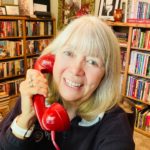 REBECCA DE MARINO is a historical romance author with a talent for writing about real people, places, and events. She is the author of The Southold Chronicles (Revell/Baker Publishing Group), a series set on 1600’s Long Island, NY. She is also published in Guideposts and Angels on Earth magazines.
REBECCA DE MARINO is a historical romance author with a talent for writing about real people, places, and events. She is the author of The Southold Chronicles (Revell/Baker Publishing Group), a series set on 1600’s Long Island, NY. She is also published in Guideposts and Angels on Earth magazines.
Rebecca slips back in time with her love of connections to the past. Seeking primary documents or original artifacts are a particular thrill. Her research has taken her from Long Island to England, from Washington State to Washington D.C., Pennsylvania, and Virginia. Sometimes she can be found at home in the beautiful Pacific NW.
May the words of my mouth and the meditations of my heart be acceptable in your sight, O Lord, my strength, and my redeemer. Psalm 19:14, King James

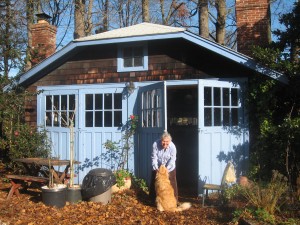
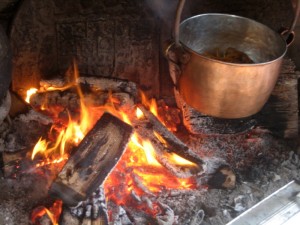
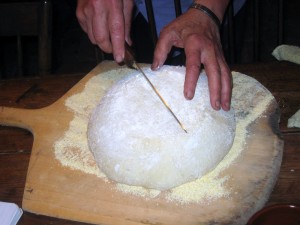
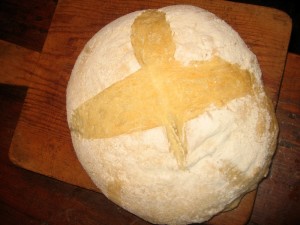
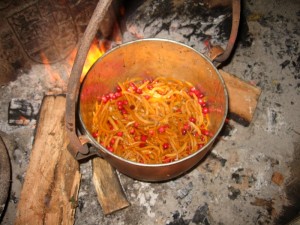
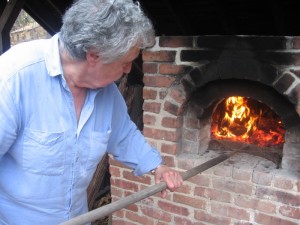
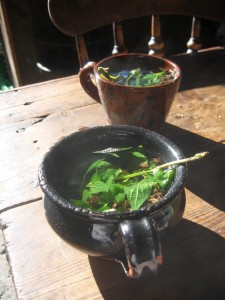
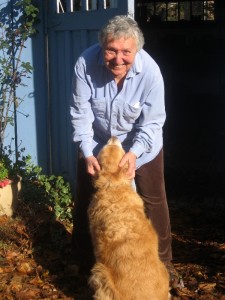
Comments 1
What a fantastic opportunity and memory. I love research too and this sort of immersion is a treasure!